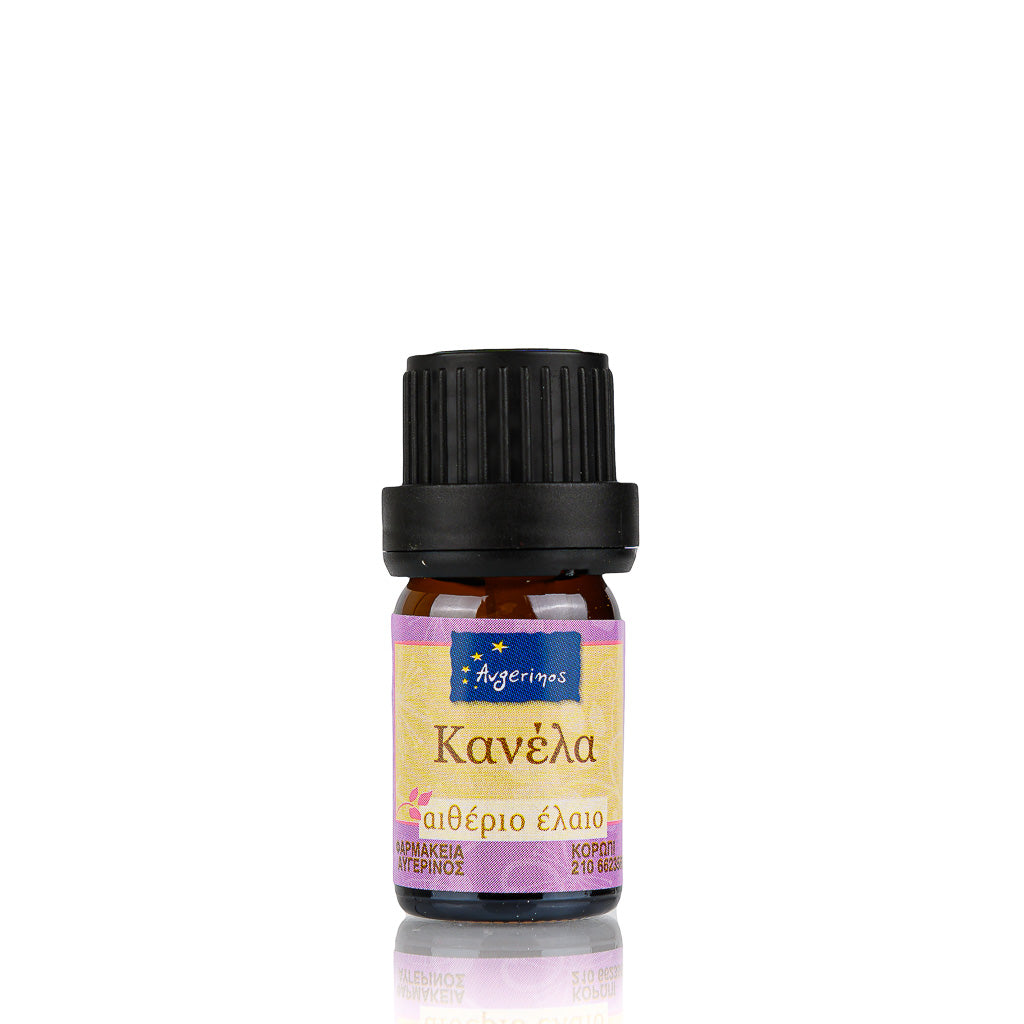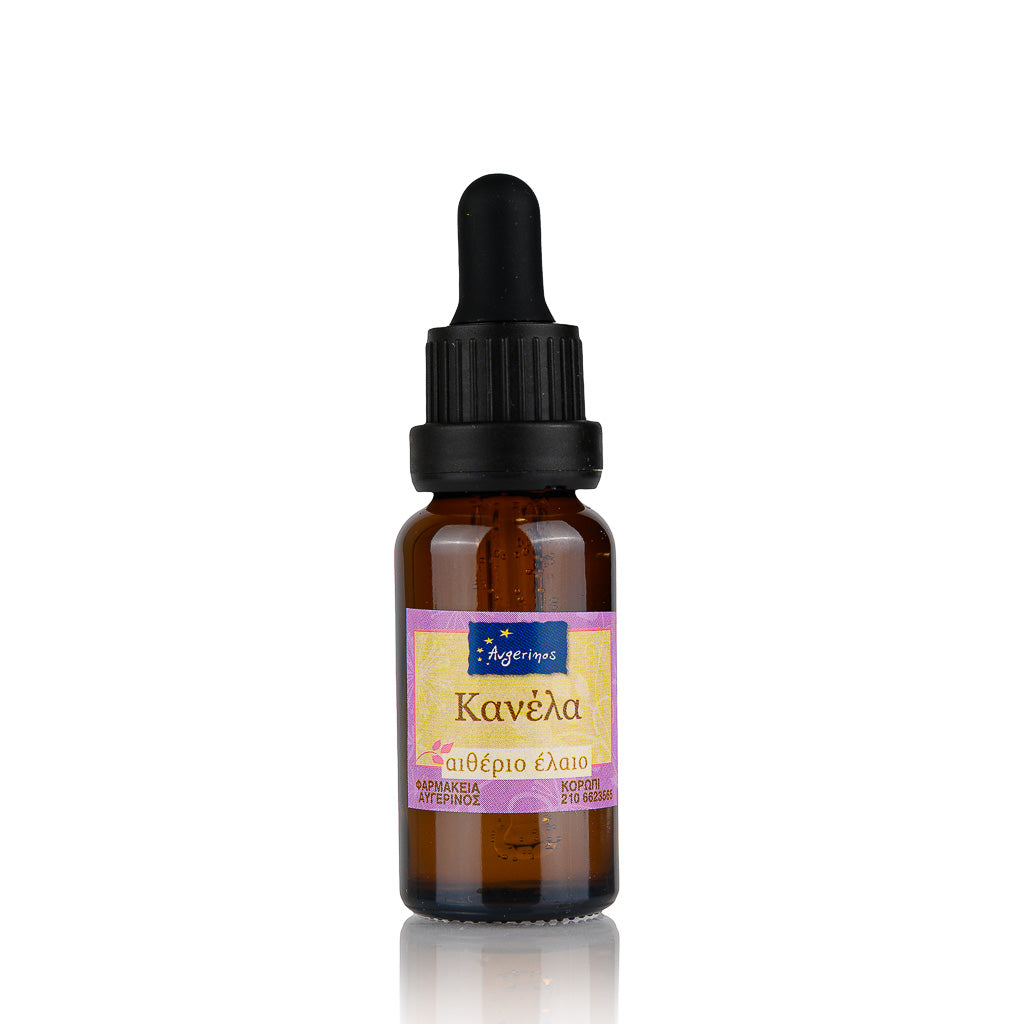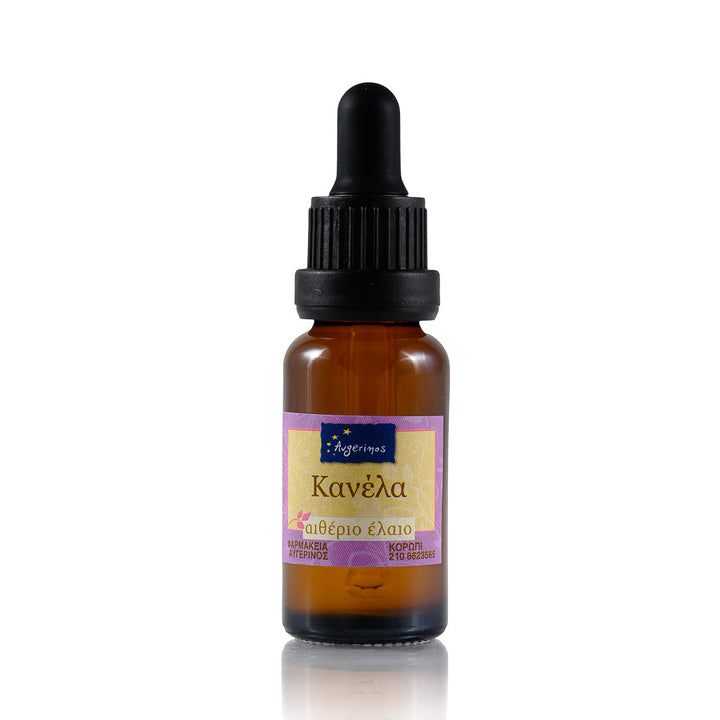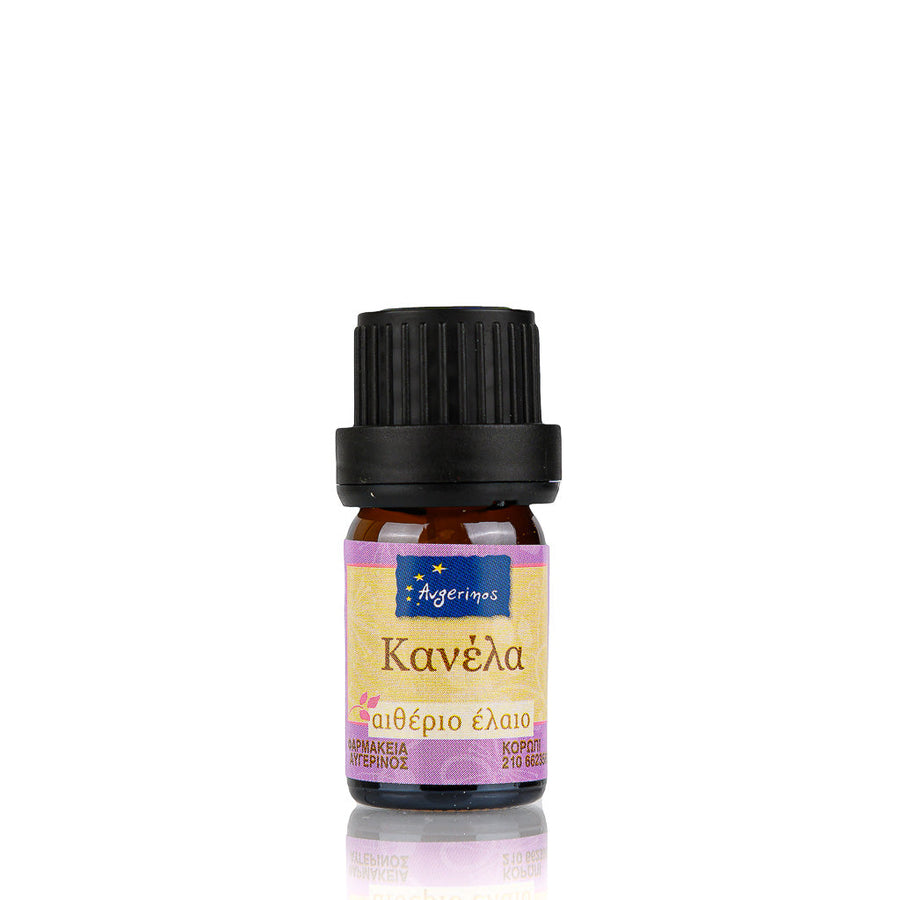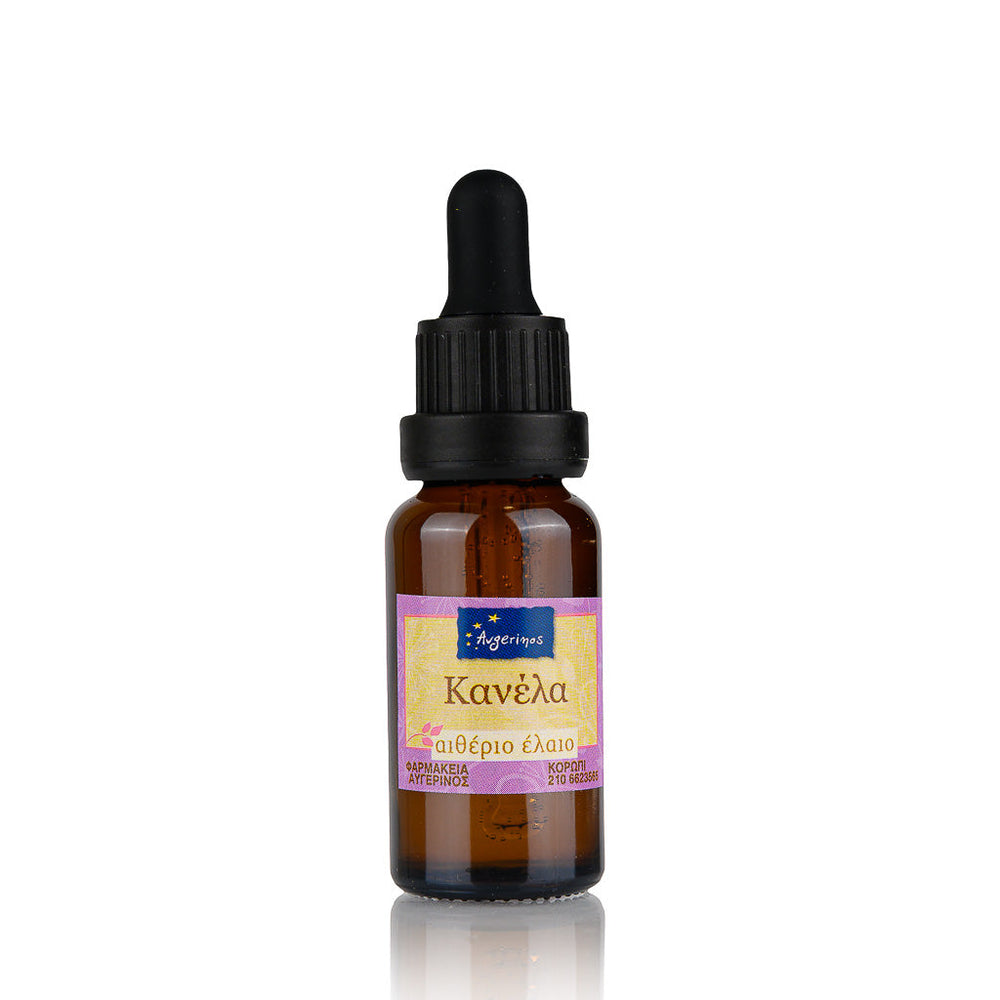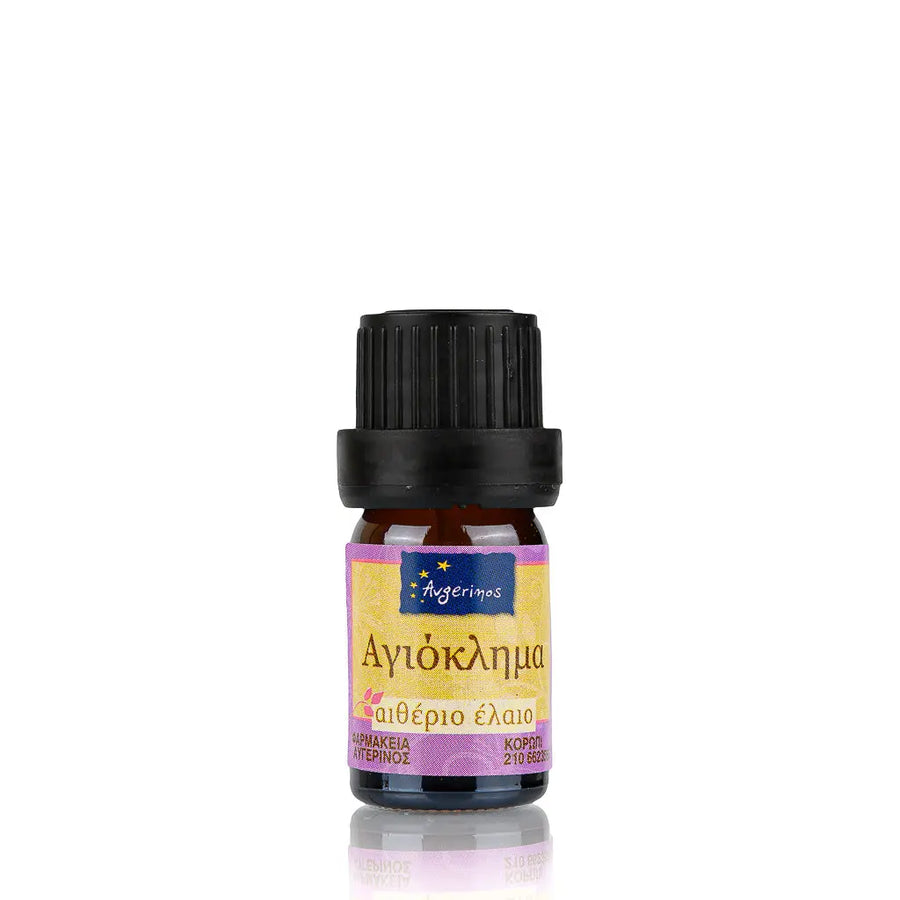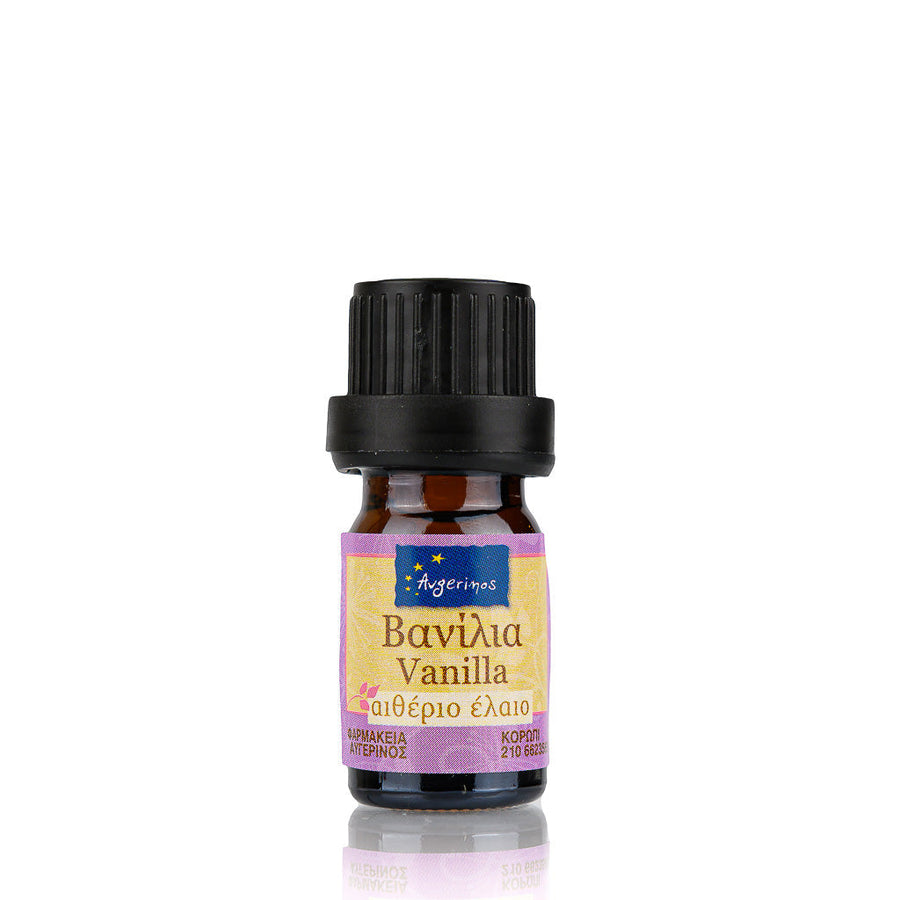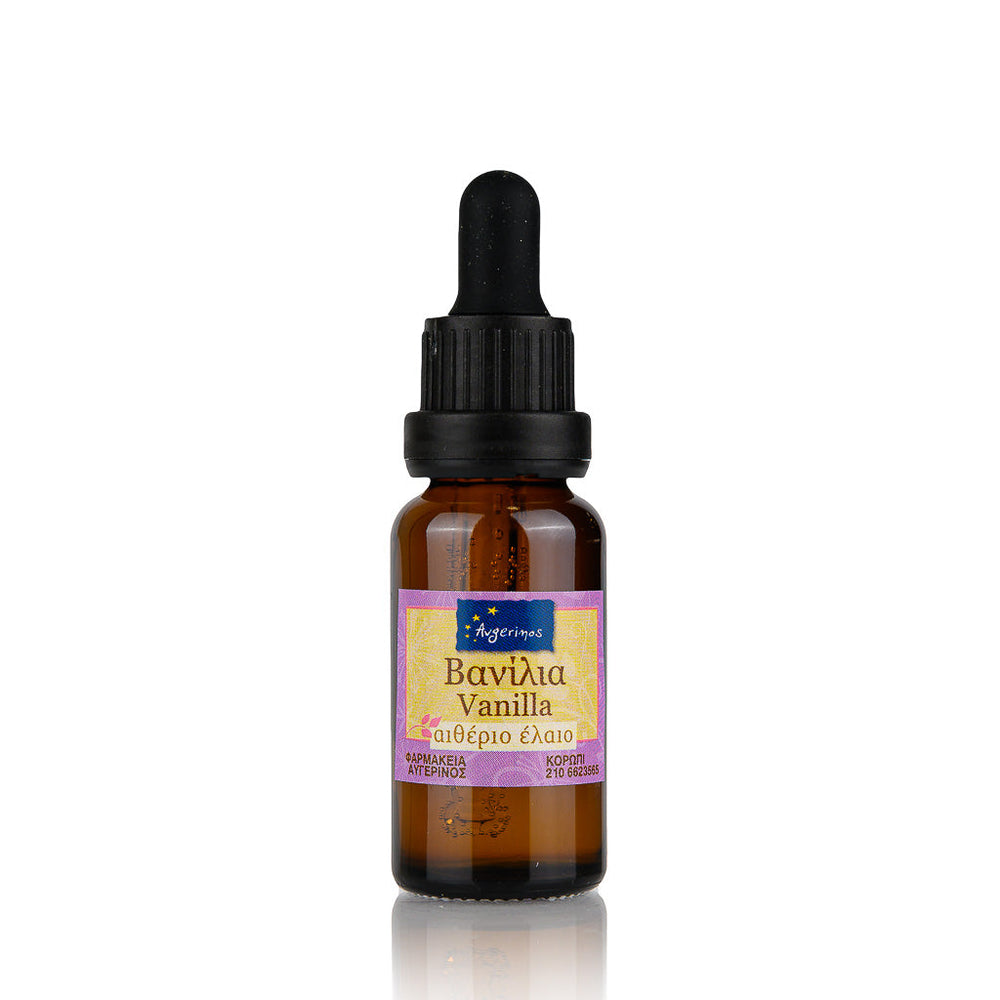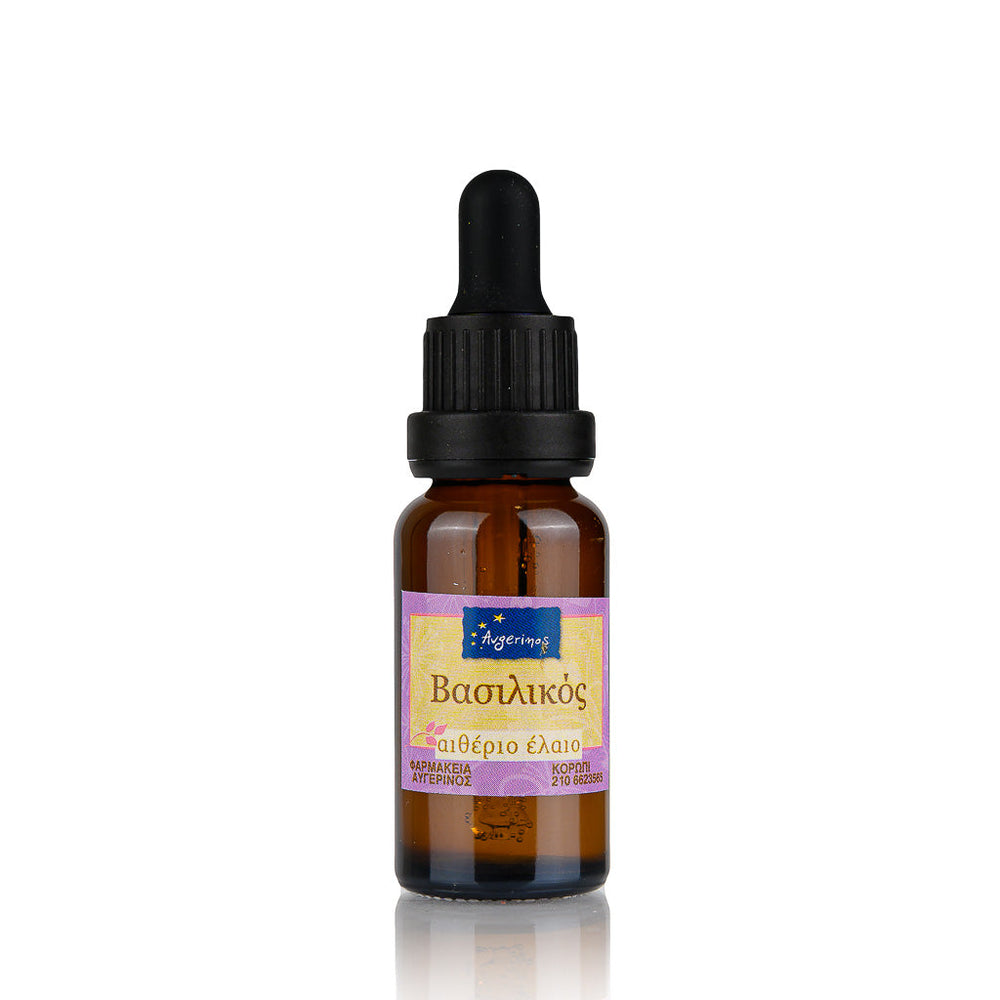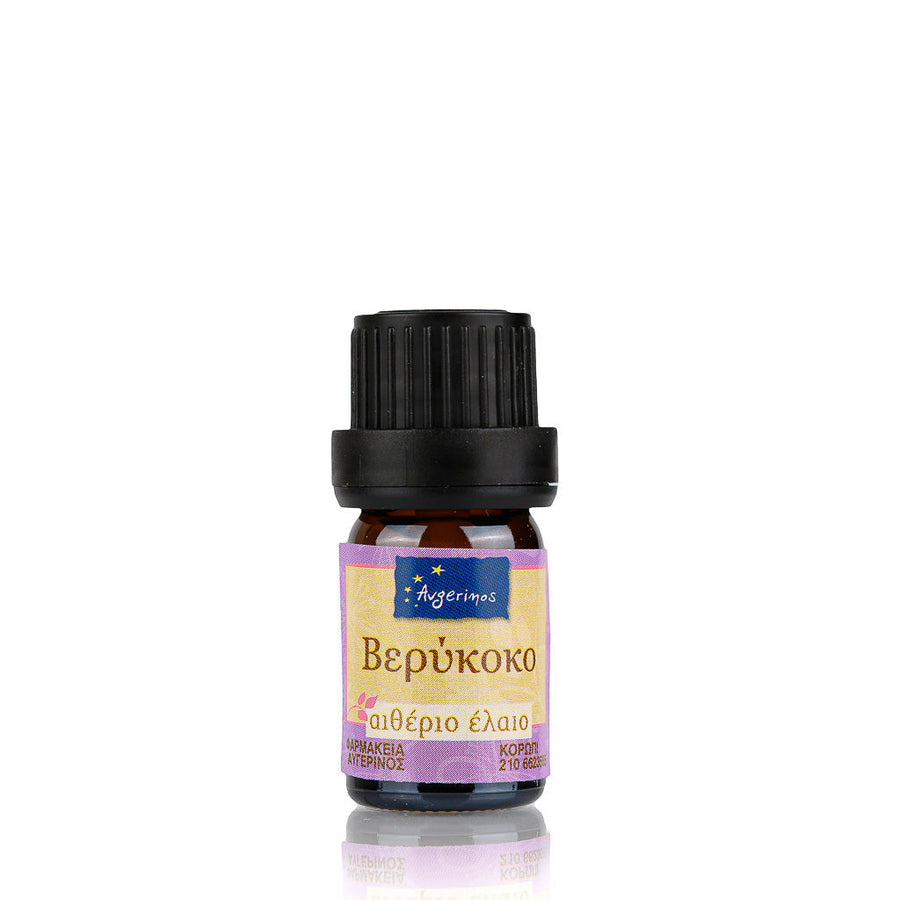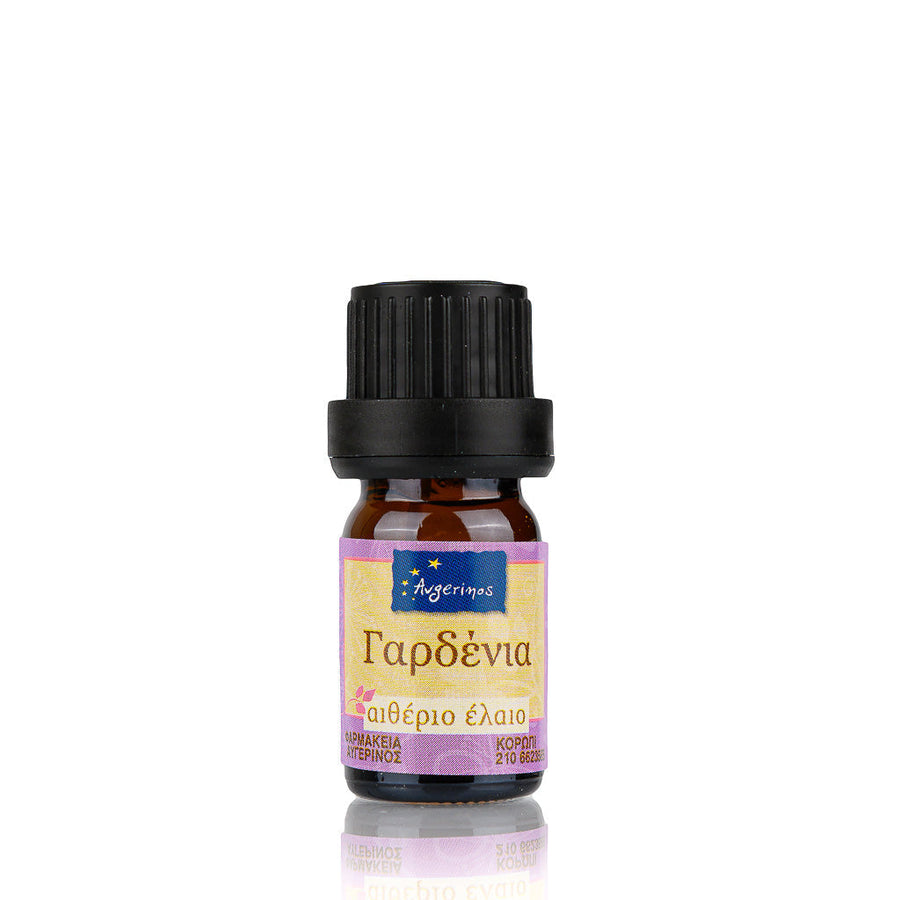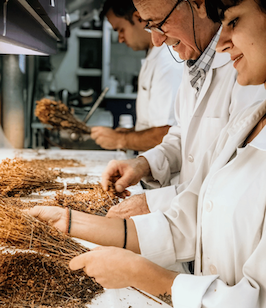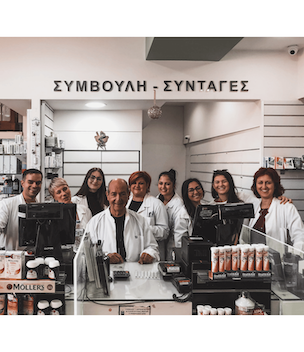Characteristics of Cinnamon
OR cinnamon (Cinnamomum verum or Cinnamomum zeylanicum and Cinnamomum cassia) is an evergreen tree native to Sri Lanka and South Asia. Its essential oil is extracted mainly from the bark or leaves of the tree. It has a warming, spicy and sweet aroma, and is distinguished by its stimulating, antiseptic and antibacterial properties.
History of Cinnamon
Cinnamon is one of the oldest known spices, with a history of thousands of years. It was used in ancient Egypt for embalming and as a flavoring, and is mentioned in Old Testament texts. The ancient Greeks and Romans highly valued it, while in the Middle Ages it was a luxury item and a symbol of wealth. In traditional medicine, it was used for digestive, respiratory and circulatory problems.
Ingredients
Cinnamon essential oil from the leaves and bark of the tree, using the hydrodistillation method.
Chemical composition
Cinnamon essential oil contains cinnamaldehyde as its main active ingredient, which gives it its characteristic aroma and antimicrobial activity. Other ingredients are eugenol, limonene, cinnamic acid and benzyl benzoate, which enhance its anti-inflammatory and warming properties.
Instructions for use
-
Topical application always diluted: Used in massage oils to warm muscles, stimulate circulation and treat cellulite. Must be diluted well (e.g. 1 drop in 10ml base oil), as it can cause irritation.
-
Aromatherapy: Can be diffused into the space for a feeling of warmth, activation and mood enhancement.
- It combines well with vanilla, coconut, and orange essential oils.
Use in Chinese Medicine and Ayurveda
In Traditional Chinese Medicine, cinnamon (Gui Zhi) is used to stimulate Qi, warm internal organs, and stimulate blood circulation. It is useful in cases of colds, pain, and body cold.
In Ayurveda, it is considered a warming herb that balances Kapha and Vata doshas. It is used for digestive problems, circulation, detoxification, and toning the nervous system.
Useful tips
The use of cinnamon essential oil should be avoided during pregnancy, breastfeeding and by children.
- Essential oils are intended for external use and are always used dissolved in a carrier oil or other catalyst.
- Avoid direct contact with skin, eyes and mouth.
Returns Policy & Changes
Free shipping for all changes and returns until 14 calendar days after delivery. OR change of an object has never been easier with the new Stock Credit service by Avgerinos.
Necessary conditions are the presentation of the receipt/invoice inside the package and the condition of the products. The products must be like new and not opened or used. There are specific products that cannot be returned for health reasons. After we receive and check your return package, we will issue the corresponding Voucher/Gift Card with the same amount of money which you can use on our site.
In case the your products must be withdrawn fully we publish your refund using the same payment method you used was used for the original purchase.
The return costs are free of charge, excluding any additional costs incurred are due to your choice of delivery method used other than the cheapest standard delivery method that we we offer.
For all details you can Read our full refund and change policy here.
Address where they are carried out The returns are as follows: 138 Vasileos Konstantinou, Koropi 19400, T +30 210 6623565
Time & Hours Delivery
Delivery Time: (you calculate the start date as the shipping date, not the order date, and only business days are taken into account).
- Land destinations: 1-2 business days
- Island destinations: 2-3 working days
- Hard-to-reach areas: 2-5 business days
- Delivery days are from Monday - Friday.
- Delivery Hours: 9:00am- 6:00pm (Approximately)
Shipping Costs & Cash on Delivery
- With BOX NOW, shipping costs are €2.95.
- By COURIER, shipping costs for all of Greece are 4.50€.
- Cash on delivery is FREE
- Most parcels are up to 2kg, soEach additional kilo is charged at 1€.
The avgerinospharmacy.gr cannot be held responsible for the consequences due to delayed delivery or loss of your package by the carrier or due to force majeure. In case of non-receipt of the package within the stated deadlines, an investigation will be carried out with the carrier and will last up to 15 days. During this period, no compensation or reshipment will be possible.
For all details you can read the full shipping & handling policy us here.
4+1 gift!
Buy 4 Get 5




